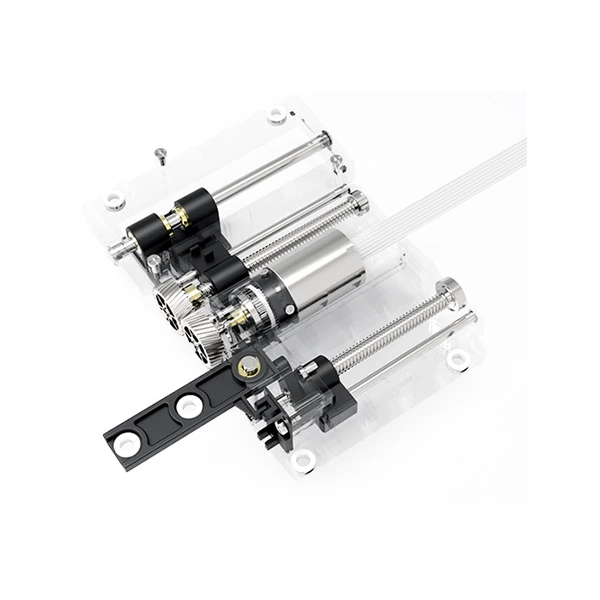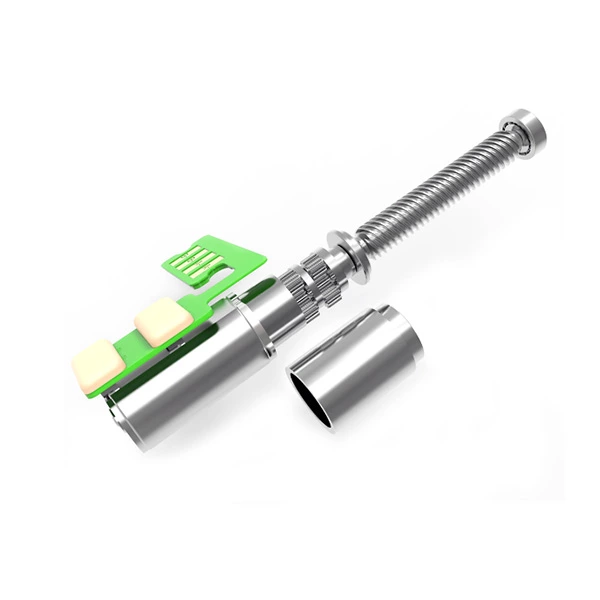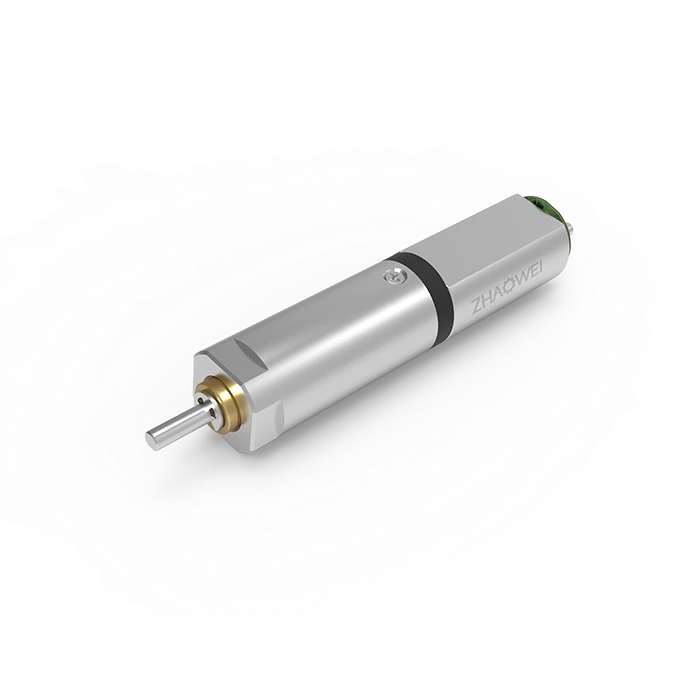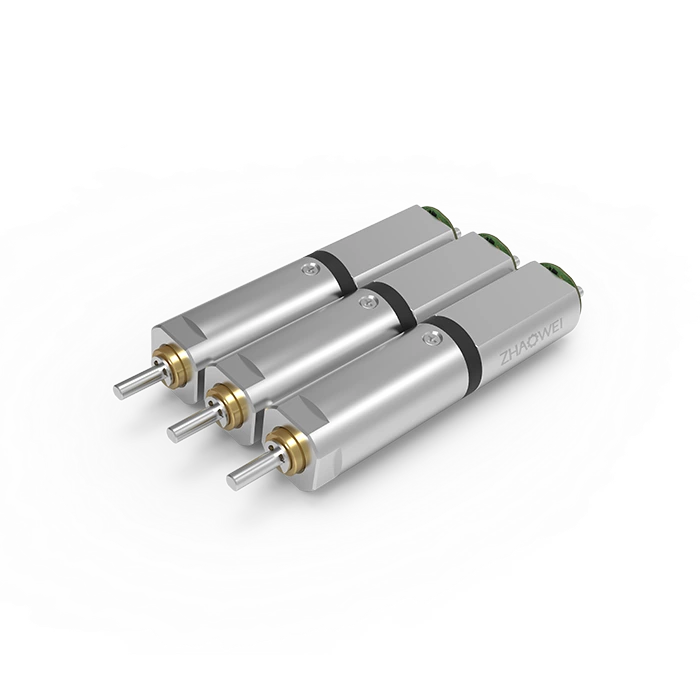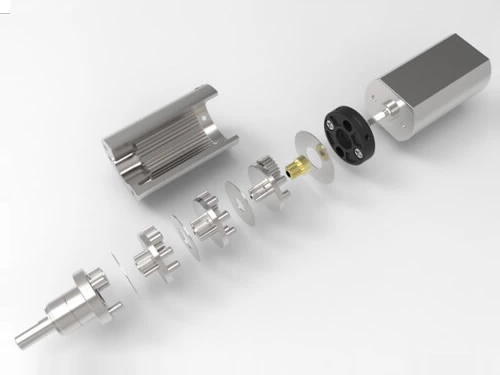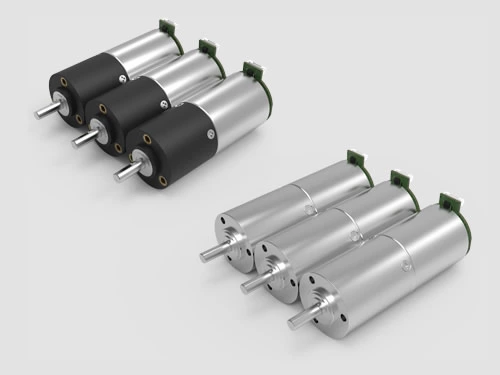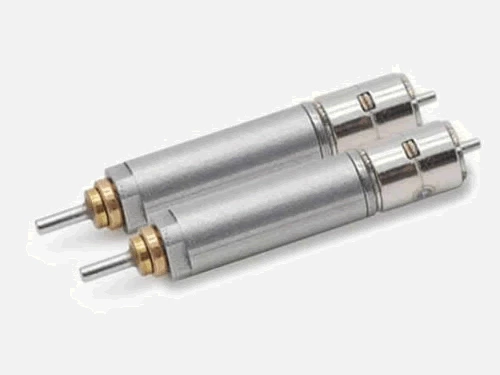Brushless vs. Brushed Motors: What's the Difference?
The motor and motor control markets are thriving in many areas, particularly when it comes to automobiles and robotics. In addition, there is a high demand for motors with a compact size yet efficient performance. Brushed motors, brushless motors, or a combination of both can be chosen for different scenarios. Most motors operate in accordance with Faraday’s law of induction, but there are key differences between the way brushless and brushed motors (driven by direct current) are used and applied.
Brushless Motor VS Brushed Motor (Direct Current)
Definition
What is Brushed Motor?
A brushed motor provides needed control of speed, driven by a direct current. The brushed DC motor is an internally commutated electric motor designed to be run from a direct current power source. It often consists of six different components: an axle, armature/rotor, commutator, stator, magnets, and brushes. The brush DC motor offers stable and continuous current, using rings to power a magnetic drive that operates the motor's armature. The speed of brushed DC motors can be modified by changing the operating voltage or the strength of the magnetic field. Depending on the connections of the field to the power supply, the speed and torque properties of a brushed motor can be altered to provide steady speed or speed inversely proportional to the mechanical load. Since the brushes wear down and require replacement, brushless DC motors using power electronic devices have replaced brushed motors in many scenarios.
What is Brushless Motor?
A brushless motor (BLDC motor or brushless DC electric motor), also known as an electronically commutated motor (ECM or EC motor) or synchronous DC motor, are synchronous motors powered by direct current (DC) electricity. The brushless motor’s rise to prominence began in the early 1960s with the arrival of the power dimmer. However, it was not until the 1980s that the brushless motor really began to gain prominence. The greater availability of permanent magnets combined with high-voltage transistors has allowed this type of motor to generate as much power as brushed motors. Improvements to the brushless motor have continued unabated over the last three decades, transforming the way drill manufacturers produce efficient drilling tools. In turn, customers take advantage of key benefits associated with a variety of reduced maintenance requirements.
Features: Brushed vs. Brushless DC Motor
Brush Motor:
- Its simple construction results in no need for an expensive controller.
- Understandable design technology facilitates the ease of use and quick installation.
- If the field is created by permanent magnets, brushed DC motors are said to be permanent magnet DC motors (PMDC) which are cost-effective and reliable.
- Compared with brushless DC (BLDC) motors, they obtain a relatively low amount of mechanical power in return for the electrical power that you use.
Brushless Motor:
- Blushless motors are considered more energy efficient than brushed motors since they can convert more electrical power into mechanical power when compared to brushed motors, mostly due to the absence of friction of brushes. The enhanced efficiency is greatest in the no-load and low-load section of the motor's performance curve.
- For the same mechanical work output, brushless motors will usually be smaller than brushed motors. They’re always smaller than AC induction motors owing to ideal thermal characteristics. They use less raw materials for construction and are in turn better for the environment.
- Compact size for convenient use.
- Higher speed range and lower electric noise generation.
- Service life is even longer. The absence of brushes eliminates problems associated with overheating and breakdowns. The service life of brushless motors is therefore related to the bearings.
- The cost of a brushless DC motor is comparatively higher when compared to a brushed DC motor. Plus, the electronic controller also increases the cost of the overall setup.
Uses: Which is Suitable for Your Scenario?
When comparing the difference between brushed and brushless motors, we tend to lean towards one being better than the other. But the truth is that there is no standard answer. It all depends on your project and how you plan to increase the efficiency of your build. Brushed and brushless motors are both ideal for different types of projects, which is why it's so important to learn the differences and purposes of each.
Projects Suitable for Brushed Motors:
- Projects with an Expiry Date: Many machinery projects are temporary, which is why brushed motors are still so widely used. When considering the project scale, it often makes sense to go with the cheaper option that’s still adequately efficient.
- Projects on a Tight Budget: Noise is not an Issue: Brushed motors are noisier than those without brushes. Factory machinery for which money can be saved on equipment can be paired with brushed motors because the equipment doesn’t necessarily need to run quietly.
Projects Suitable for Brushless Motors:
- Long Term Projects: In long term projects, selecting a brushless motor means less maintenance and less likelihood of eventual breakdowns and replacements.
- Projects Where Noise is Unacceptable: Because power is conducted without brushes, there is less movement noise while running. Brushless motor devices are often used with medical technology, automobiles, and robots so that the noise disruption is relatively low.
- Time Sensitive Projects: Brushless motors can work more efficiently over a shorter period of time. This is because the technology behind brushless motors makes them use less power while increasing their energy output. Brushless motors are simply more efficient.
ZHAOWEI manufactures gears for both brushed motors and brushless motors, reducing speed and increasing torque. ZHAOWEI also provides customization service based on customer specifications.







